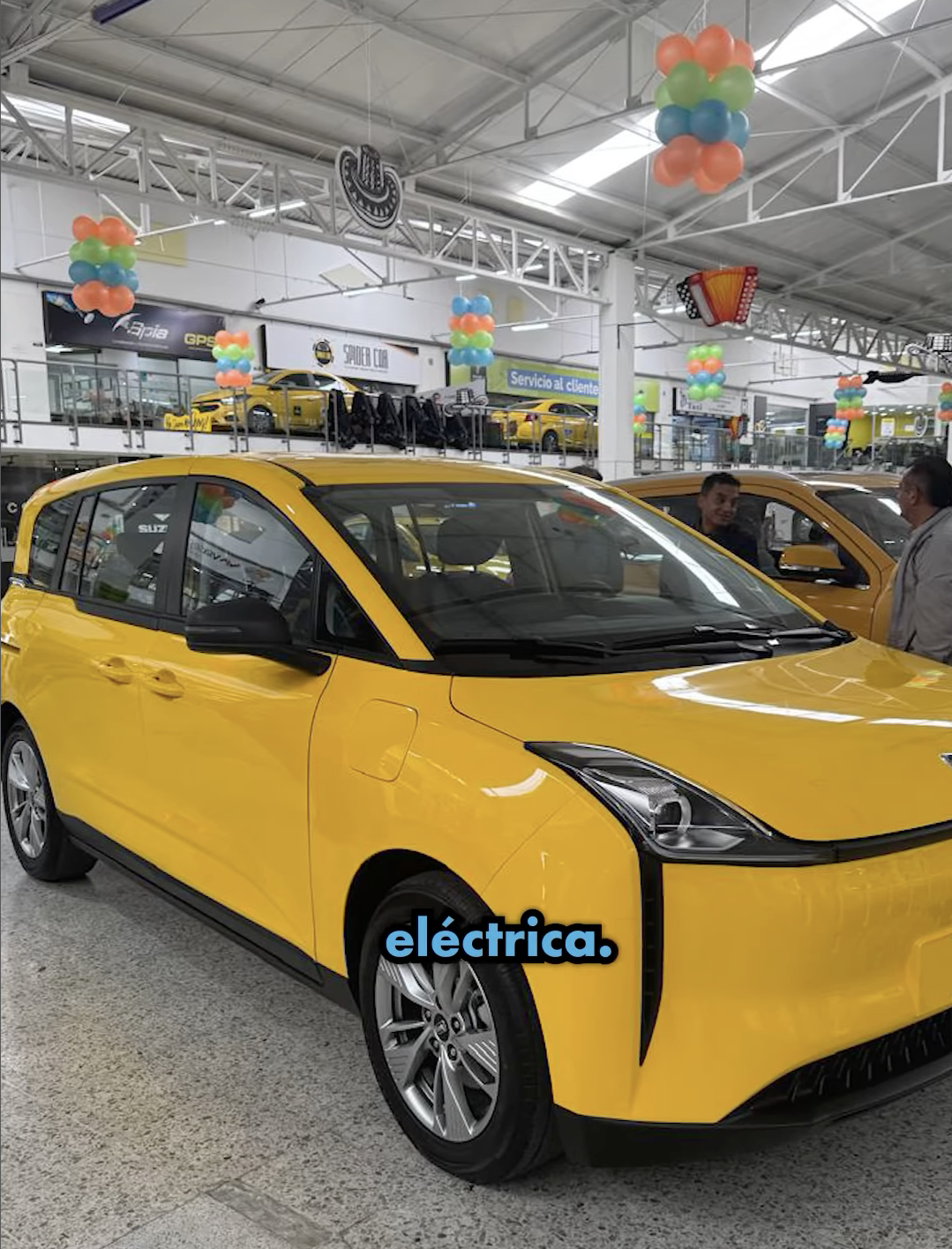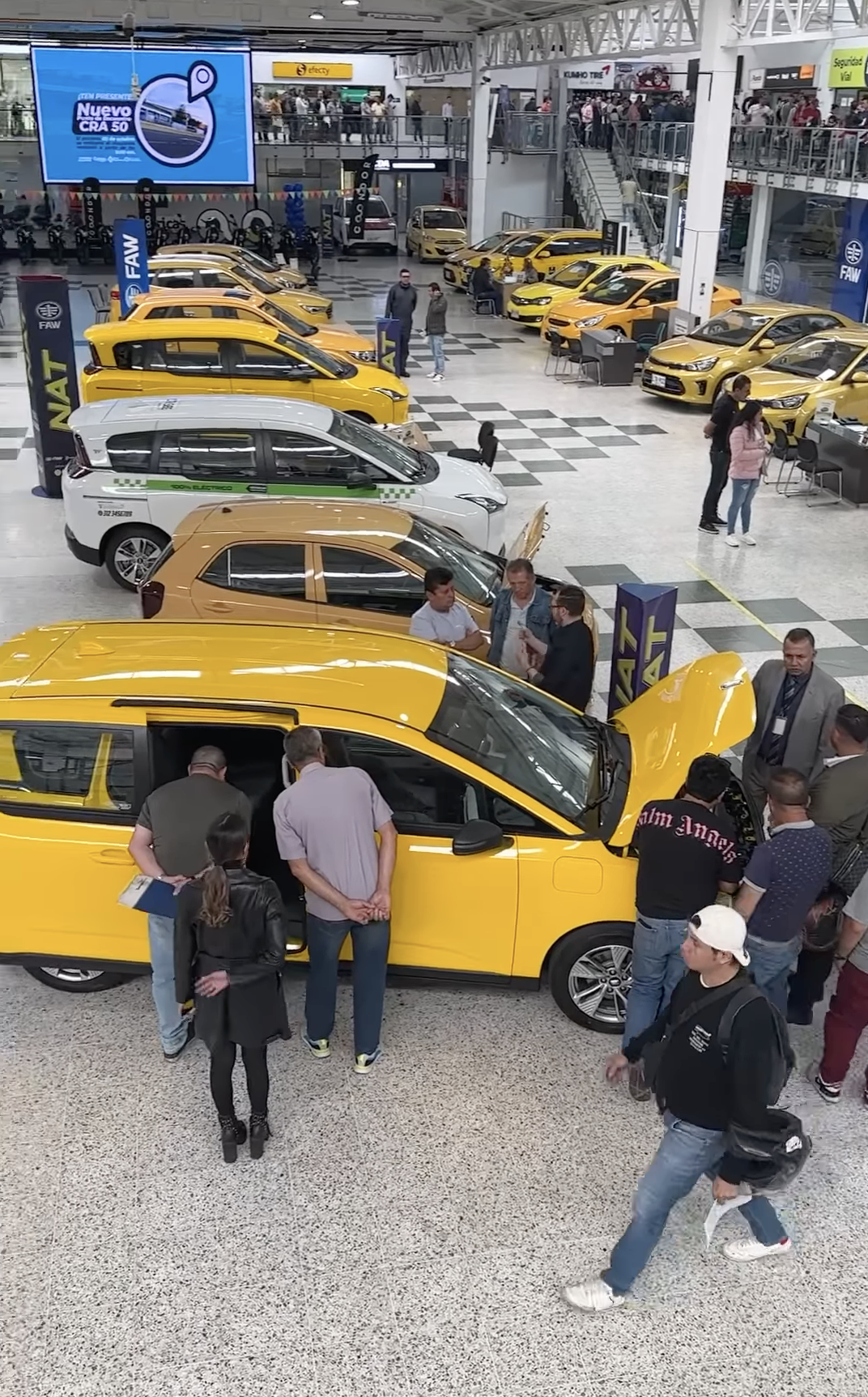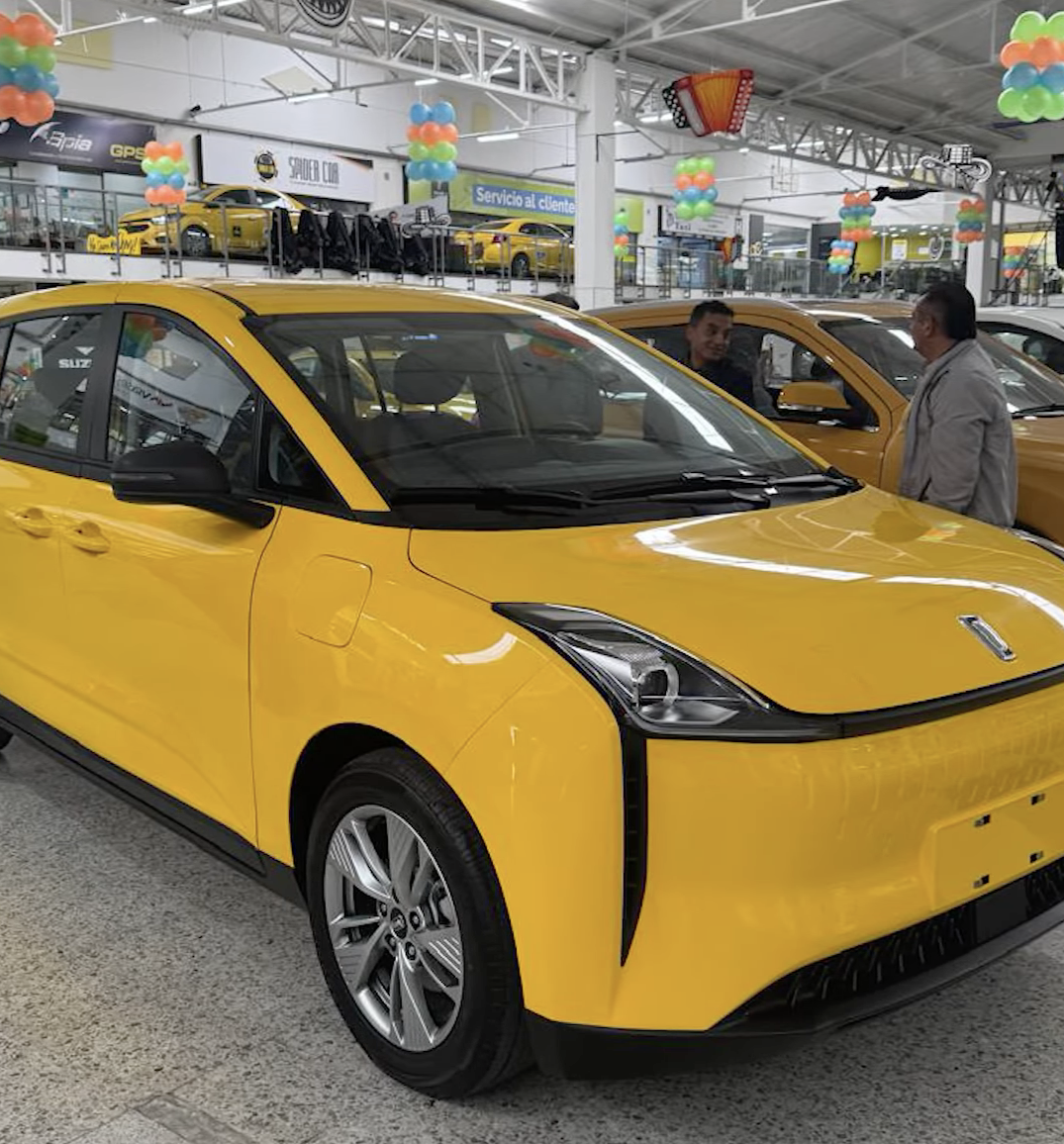Sign up for daily news updates from CleanTechnica on email. Or follow us on Google News!
Colombia’s fossil gas climate crisis could spark EV adoption as the affordable FAW Nat Taxi lands at $23,000.
Climate change is no joke.
Last year, Colombia faced one of its harshest droughts in the last three decades, which forced the country to rely heavily on fossil-fuel generation to maintain healthy levels on the dams that supply 80% of electricity. Thanks to this fossil-fuel backup, blackouts were averted — though, electricity prices did increase significantly. Other countries, such as Ecuador, weren’t as lucky, as prepared, … or both.
But, in late April, the crisis was averted and rains once again started to come down. Meteorologists were expecting a strong La Niña in the second half of the year, so the country started preparations for floods and excessive rains, and energy became a secondary thought.
Well … it turns out the climate seems less prone to predictions nowadays, and meteorologists were wrong. La Niña failed to materialize in the months of August, and rains only started in the last days of September, and to a much lesser extent than expected. Now the country is scrambling to manage a possible new drought, and if rains are not copious between October and December, there could again be risks of blackout during the January–March dry season.

(Water reserves are at their lowest point in the last three years for early October.)
And, as if this wasn’t enough, Colombia is also running out of fossil gas!
The Gas Crisis
This is a complex local political issue, but long story short, Colombia has never had significant gas reserves (it’s always exploring barely enough to maintain 6–10 year reserves), recent exploration has been harmed by environmental policies, and as a result, local gas production has been falling during 2024, with nearly 7% less in H1 compared to the previous year.

It’s clear that Colombia’s government was counting on Venezuela to replace local gas production, but after Maduro’s blatant fraud in July’s election, it’s becoming more and more problematic for Gustavo Petro (Colombia’s leftist president) to maintain that relationship. He clearly does not want to antagonize Maduro, but he’s also refused to recognize his supposed victory … and, in such instability, rebuilding the required gas pipes becomes impossible. Sea imports are a possibility (there’s an LNG port in the Atlantic), but at much higher costs than local production, so they will be a last resort.
As rains come later than expected and gas reserves subside, the country enters a conundrum. More fossil gas will be needed to increase thermal generation, but less gas is available, so priorities must be put in place. And the first domino to fall is CNG-powered vehicles.
No Gas for the Cabs
Most taxi owners in the country have been adapting their vehicles to compressed natural gas (CNG) through the last decade or so, providing fuel savings of around 50% as well as reduced emissions both for CO2 and particulate matter. Though an improvement in relative terms, this has no doubt limited the appeal of EVs for public service vehicles: electricity savings per km over CNG are rather small (~15%), and the higher cost of an EV is unlikely to be offset by maintenance savings alone.
But, as gas production falls amidst rising demand for electricity generation, ECOPETROL (the national oil company) has announced it will stop serving vehicular gas stations to prioritize industrial demand. This means that all those CNG-converted cabs must now use regular gasoline, erasing any savings they had and painting a grim situation for the near and medium-term future: gas reserves are waning, and gas is likely to become more expensive and/or not available for vehicles.
(Some of you may rightly point out that electricity scarcity may cause people to distrust EVs, but the difference is that blackouts are for now a remote possibility, very likely to be avoided, and that a large amount of new generation is being built and this is likely to be a one-time issue caused by the very rare coincidence of two continuous years of drought. Gas scarcity, in the meantime, is an immediate reality).
This has basically erased one of the two main reasons why taxi owners were reluctant to migrate to EVs. And the other one, the high cost of EVs, has just been solved by the arrival of an affordable taxi: the Faw Nat Bestune.
Grupo Carrera and the FAW Nat Bestune
Allied with Colombia’s largest taxi companies, Grupo Carrera is a private importer and distributer of vehicles focused on public-service cars, and likely to be one of the largest taxi sellers in the country (if not the largest one).
This company — which allied with Chinese automaker FAW a few years ago — seems to have chosen to pivot to EVs in the recent past. And I say pivot because it has done more than just bring the FAW Nat: it has spearheaded a campaign in its social networks to promote EVs, debunk myths, and demonstrate long-range trips are possible. It has even placed free solar-powered rapid charging stations at its headquarters for taxi drivers who purchase from the company.
Their vehicle of choice has been the very weird FAW Nat Bestune, a 4.45m-long, 55kWh battery vehicle that falls somewhere between a boxy hatchback and a minivan. Though undoubtedly a … ahem, “particular” design, this car can be purchased as a cab for only COP$95’153.000 (~$22,500) and has enough battery for at least a couple days of work, meaning it’s completely viable to charge it up at the headquarters of the company if the owner lacks alternative charging arrangements.



This means that the FAW Nat is by now comparable in price with similarly sized fossil-fueled taxis and only ~$4,700 more expensive than Colombia’s cheapest taxi: a homologated Kia Picanto called the Kia Ecotaxi (which is much smaller). With current gasoline prices, this is a difference that could be offset in as little as 18 months of work.
This car has been available for a few months now, but only last week it became available as a taxi (previously, it had been sold only as a part of corporate fleets).
Taxi drivers (and owners) are a conservative lot, quite reluctant to change, but the arguments in favor of EVs have just gotten much stronger. Grupo Carrera has also chosen to paint these new taxi EVs yellow, as “normal” taxis, instead of green, as “environmental” taxis. This, I feel, shows that they understand their public — taxi owners are already making a big change if they transition to an EV, and they don’t want it to be bigger than it needs to be, nor do they want to risk people in the street nor recognizing their taxi immediately as one, and perhaps losing clients. This is how you sell new technologies to conservative populations.
On average, 383 taxis a month have been sold in Colombia through 2024, and my bet is that a third of that could go electric by late 2025.
But for this to happen, the country must step up and deploy the new generation at a faster rate. We’ll have to wait and see.


Have a tip for CleanTechnica? Want to advertise? Want to suggest a guest for our CleanTech Talk podcast? Contact us here.
Latest CleanTechnica.TV Videos
CleanTechnica uses affiliate links. See our policy here.
CleanTechnica’s Comment Policy


_Logo.jpg)


